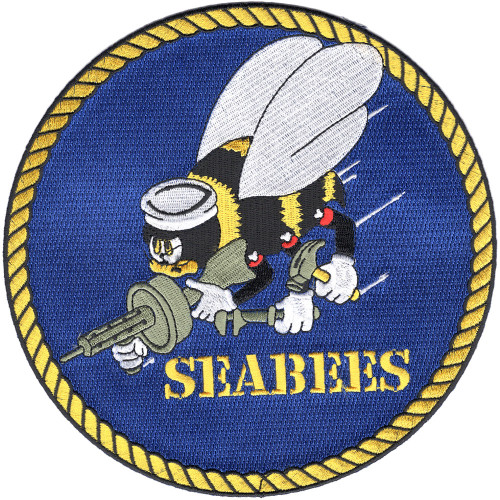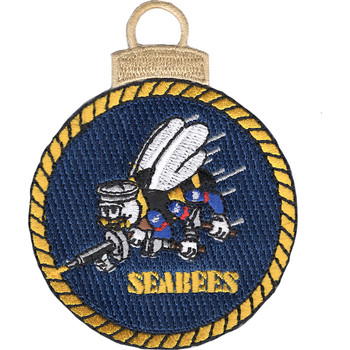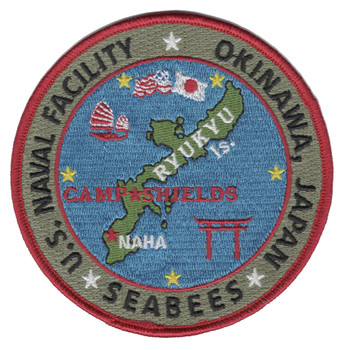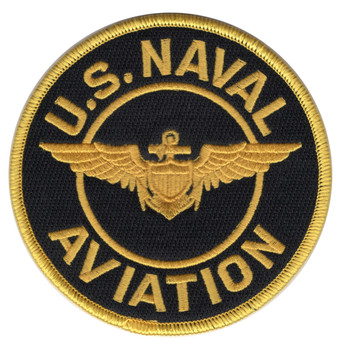Description
US Naval Seabee Large Back Patch – 7.00" x 7.00" Embroidered Patch with Iron-On Backing:
Superior Materials: Made with premium polyester thread and durable twill fabric, ensuring long-lasting color and strength.
Advanced Embroidery Technology: Crafted using the most advanced embroidery machinery, guaranteeing intricate detail, sharp lines, and consistent quality every time.
Easy Iron-On Application: Features a heat-activated adhesive backing for quick, no-sew attachment. Simply position, iron, and press for a secure bond.
Durable and Washable: Designed to withstand everyday wear and occasional washing without fading or fraying.
Versatile Use: Large format ideal for jackets, vests, gear bags, or commemorative displays celebrating Navy construction forces.
Formations & Origins
The U.S. Naval Construction Battalions, known as the Seabees, were officially formed on March 5, 1942, during World War II. Facing the need for skilled laborers who could both build and fight, the Navy formed the Seabees from a mix of engineers, builders, and tradesmen with military training. Their name derives from the abbreviation "CB" for Construction Battalion. They were created to construct forward operating bases, airstrips, and support facilities under fire—and to defend them if necessary.
Notable Commanders
While Seabees are organized differently than traditional line units, Rear Admiral Ben Moreell, known as the "Father of the Seabees," was instrumental in their creation and doctrine. His leadership laid the foundation for a force capable of both engineering excellence and battlefield resilience.
Major Campaigns/Operations
Seabees have served in every major American conflict since their founding. In WWII, they built runways on Pacific islands like Iwo Jima and Guam. During Korea and Vietnam, they were instrumental in rapid infrastructure deployment. In Iraq and Afghanistan, Seabees constructed forward operating bases, roads, and essential utilities—often under fire. Their motto, "We Build, We Fight," reflects their dual capability to engage in combat while performing complex engineering tasks.
Specialized Role/Equipment
Seabees are trained in both construction and combat, operating heavy machinery, fortification tools, and weapons systems. Their specialties include carpentry, plumbing, demolition, surveying, and road building. They deploy globally and are essential in both combat zones and humanitarian relief missions.
Acts of Heroism
Seabees have consistently demonstrated courage in conflict. During the Vietnam War, Seabee teams built airstrips and outposts under direct enemy fire. Petty Officer Marvin Shields, a Seabee, was posthumously awarded the Medal of Honor in 1965 for heroic action during a Viet Cong attack in Dong Xoai. Shields is the only Seabee to receive this highest honor, and his sacrifice embodies the Seabee ethos of fearless service.
Legacy & Notable Achievements
The Seabees' reputation for speed, skill, and grit has earned them a storied place in U.S. Navy history. Their unique role bridges engineering and warfare, making them indispensable in both battle and peacetime. The iconic Seabee logo—a fighting bee wielding tools and a machine gun—symbolizes their readiness to build and defend. Their contributions extend beyond combat, having provided disaster relief and humanitarian aid across the globe. The Seabees remain a proud and vital part of the Navy's mission worldwide.


















